How to Engage Your NDIS Participants
A Practical Guide to Person-Centred Excellence
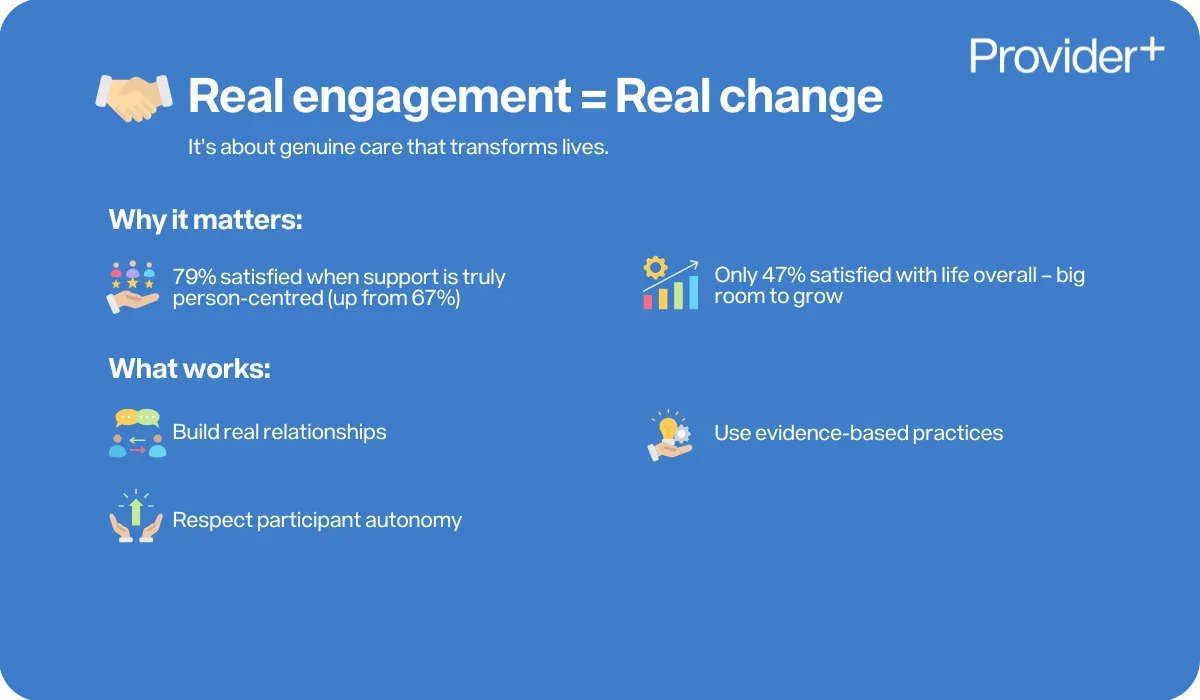
Real NDIS participant engagement isn't about ticking compliance boxes. It's about creating genuine relationships through person-centred care that transforms lives. Recent research shows participants who experience true person-centred approaches report 79% satisfaction with choice and control, compared to just 67% in 2016-17. The secret? Moving beyond service delivery to authentic relationship building.
The National Disability Insurance Scheme has fundamentally shifted how disability services operate in Australia. Participants now sit firmly in the driver's seat of their support journey. Yet despite this person-centred mandate, many providers still struggle to move beyond traditional service models. Many NDIS providers find it challenging to create genuinely engaging experiences that empower NDIS participants to live their best lives.
The stakes couldn't be higher. With 47% of participants reporting satisfaction with their life in general, leaving substantial room for growth, the quality of participant engagement directly impacts individual outcomes and the success of the entire NDIS framework.
So what separates providers who achieve exceptional engagement from those who merely meet requirements? The answer lies in understanding that effective engagement is all about building meaningful relationships and showing compassion just by listening to a participants needs. It requires genuine commitment to participant autonomy while implementing evidence-based practices that create meaningful change.
Understanding the NDIS Engagement Framework
The National Disability Insurance Agency has established a robust engagement framework built on participant decision-making and co-design principles. At its heart lies a fundamental belief that individuals with a disability have an inherent right to be involved in how NDIS processes are designed and implemented to meet their individual needs.
This framework, drawing from the International Association for Public Participation and Australian Public Service models, emphasises key principles that should guide every interaction with participants.
Learning by doing means continuously improving engagement methods based on real participant feedback rather than assuming what works. Capturing diverse experiences involves actively seeking perspectives across the entire disability community, not just the most vocal participants. Centring lived experience places participant and family voices at the heart of all decision-making processes. The co-design advisory approach ensures strategic guidance comes from those who understand the realities of living with disability.
The NDIS Practice Standards translate these principles into concrete requirements. Every participant must access supports that promote their legal and human rights while enabling informed choice and control. They must receive information in a mode of communication that's responsive to their specific needs, taking into consideration language and formats. Perhaps most importantly, participants must be supported to engage with their chosen support networks and broader community. True inclusion extends far beyond the formal support relationship.
Building Trust Through Trauma-Informed Practice
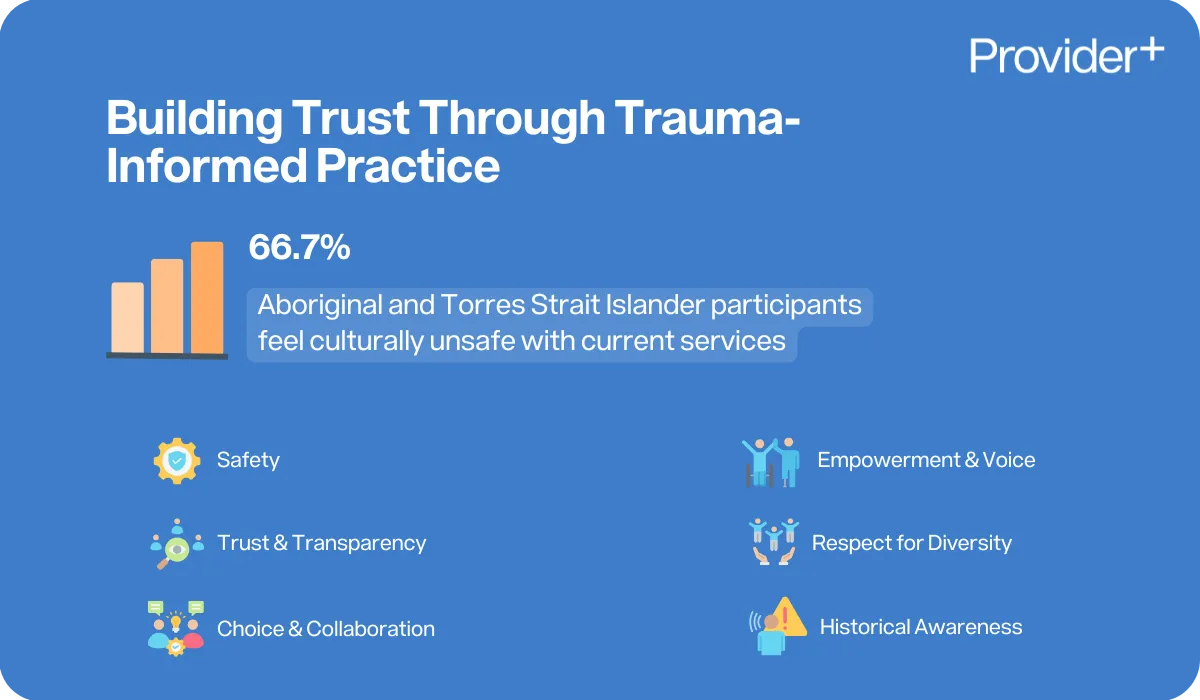
One of the most significant advances in NDIS service delivery has been the widespread adoption of trauma-informed care approaches. This shift acknowledges a sobering reality. Many participants have experienced trauma from institutionalisation, discrimination, or previous negative interactions with support providers.
Here's a statistic that should make you pause. Research reveals that 66.7% of Aboriginal and Torres Strait Islander participants report feeling culturally unsafe with current services. This underscores the urgent need for providers to examine their approaches through a trauma-informed lens.
Effective trauma-informed practice rests on six core principles that should inform every aspect of service delivery. Safety (both physical and psychological) means creating environments where participants feel secure expressing their needs and concerns. Trustworthiness and transparency involves being honest about what you can and cannot provide, following through on commitments, and maintaining open communication about processes and expectations with follow up communication as required.
Choice and collaboration ensures participants retain meaningful control over their support experience, even in situations where safety considerations might limit some options. Empowerment and voice means actively facilitating participant input and ensuring their perspectives genuinely influence service delivery decisions.
Respect for diversity acknowledges that participants bring rich cultural, linguistic, and personal backgrounds that must be honoured and incorporated into support approaches. Understanding historical trauma recognises that many participants carry the impact of systemic discrimination and abuse, requiring sensitivity and patience in building meaningful relationships.
The practical application of these principles transforms how providers approach challenging situations. Instead of asking "What's wrong with you?" when participants struggle with engagement or a particular environment, trauma-informed practitioners ask "Explain what happened to you." This opens up a space for understanding rather than judgment. It includes developing genuine connections, establishing customised routines, and maintaining well-defined boundaries that help participants feel safe and supported.
Mastering Communication for Participants with Additional Needs
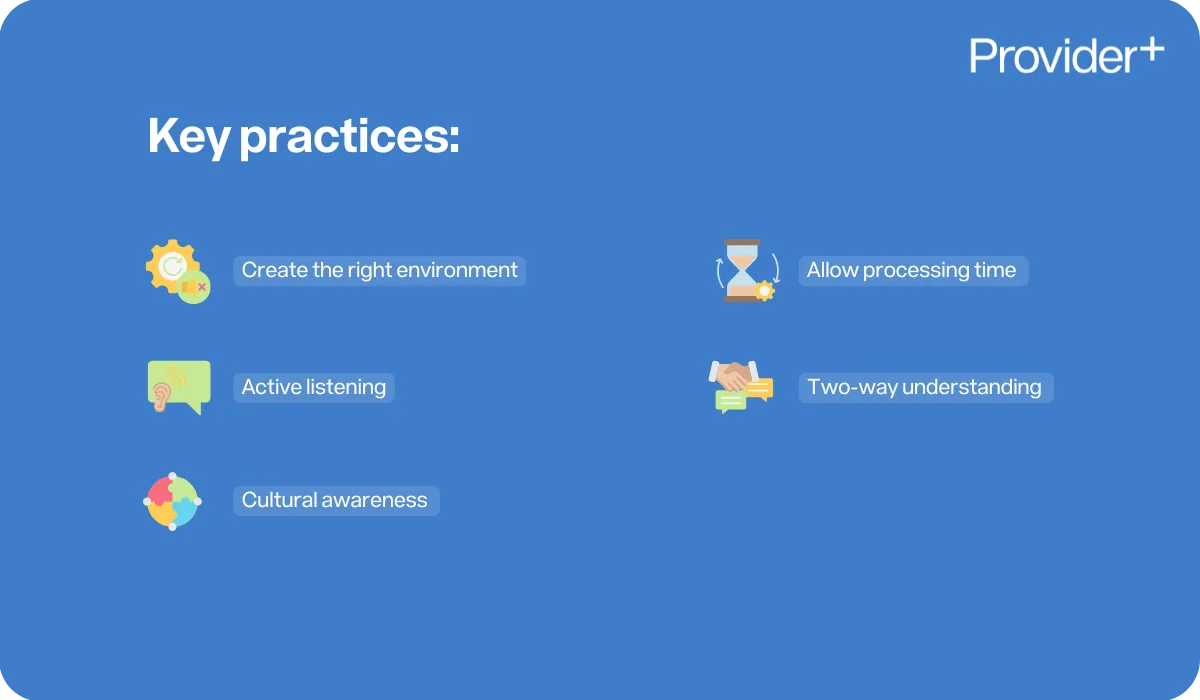
Effective communication forms the backbone of meaningful engagement. Yet many providers under utilise the specialised skillsets they obtain to communicate effectively with participants who have additional communication needs.
Creating appropriate environments means minimising distractions and ensuring participants have access to their preferred communication aids or assistive technologies. This may involve adjusting lighting, reducing background noise, or allowing extra time for processing and response.
Active listening techniques go beyond simply hearing words to demonstrate genuine engagement through eye contact, nodding, and rephrasing key points to confirm understanding. Keeping language simple involves breaking information into shorter, manageable pieces while avoiding jargon or unnecessarily technical terms.
Allowing adequate processing time recognises that many participants need longer than typically expected to process information and formulate responses. Providing expectant pauses and resisting the urge to fill silence shows respect for different communication styles and cognitive processing speeds.
Seeking understanding through open-ended questions and verification ensures that communication is truly two-way. This might involve asking participants to repeat back key information in their own words or checking that proposed actions align with their expressed preferences.
For participants from culturally and linguistically diverse backgrounds, additional considerations become crucial. The NDIA's Cultural and Linguistic Diversity Strategy 2024-2028 emphasises the importance of Community Connectors who serve as cultural brokers and interpreters. They help navigate not just language barriers but cultural differences in communication styles and family involvement preferences.
Implementing Strengths-Based Approaches
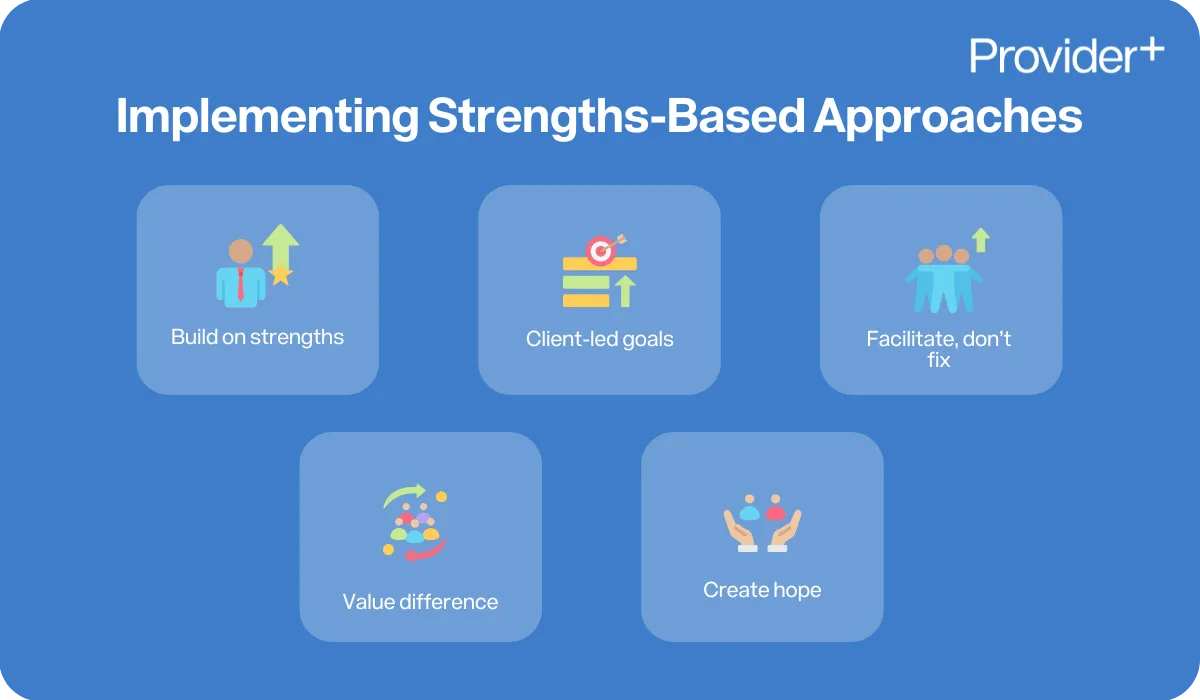
One of the most powerful shifts providers can make involves moving from deficit-focused assessment to strengths-based planning. This approach builds on participant capabilities and aspirations. Participants engage through strength-based frameworks reporting higher satisfaction and achieve better long-term outcomes.
Focusing on strengths rather than deficits means identifying existing skills rather than magnifying limitations. This doesn't involve ignoring areas where support is needed. Rather, it frames those needs within the context of what participants bring to the relationship.
Client-led goal setting ensures participants set their own meaningful objectives. Facilitating rather than fixing involves partnering with participants to develop solutions rather than solving problems for them.
Valuing difference recognises that diverse approaches to life goals and achievement can be equally valid. It encourages collaboration to achieve sustainable change that aligns with participant values and cultural background.
Building hope and motivation through acknowledging strengths and cultural connections helps participants develop faith in their ability to direct their own support journey and achieve their aspirations.
Developing Self-Advocacy Capacity

Perhaps no aspect of engagement is more crucial than supporting participants to develop strong self-advocacy skills. The NDIA has established frameworks through organisations like Independent Mental Health Advocacy, outlining a six-step self-advocacy model that providers can integrate into their support approaches.
The process begins with identifying the issue, helping participants clearly define problems and assess their urgency. Knowing your rights involves understanding legal protections and appeal processes available through NDIS and broader disability rights frameworks.
Identifying solutions means developing both ideal and alternative options, recognising that advocacy often involves compromise and negotiation. Making a plan requires determining how to express views effectively and identifying sources of support for advocacy efforts.
Enacting the plan involves implementing strategies with appropriate support and guidance. Reviewing outcomes means evaluating effectiveness and adjusting approaches based on what was learned through the advocacy process.
Effective self-advocacy development also involves connecting participants with peer support networks where they can learn from others with shared experiences. These connections often prove more powerful than formal training in building practical advocacy skills.
Supporting Cultural Responsiveness

The NDIS serves participants from incredibly diverse cultural backgrounds. Yet research reveals significant gaps in culturally responsive service delivery. For Aboriginal and Torres Strait Islander participants, inadequate cultural training for NDIA planners and providers, combined with communication barriers where English isn't the first language, creates substantial barriers to effective engagement.
Evidence-based solutions include engaging Community Connectors as cultural brokers and interpreters who can help navigate both language and cultural differences. Place-based approaches that account for different communities and geographical specificities recognise that effective engagement strategies must be adapted to local contexts rather than applying one-size-fits-all approaches.
Culturally appropriate assessment tools ensures that the planning processes align with cultural values and communication styles. Focusing on workforce development, including dedicated roles and teams, helps ensure that cultural knowledge is embedded within service delivery rather than treated as an add-on consideration.
Providers must invest in understanding the cultural contexts that shape participant preferences around family involvement, communication styles, and support approaches.
Managing Participants with Multiple Support Needs
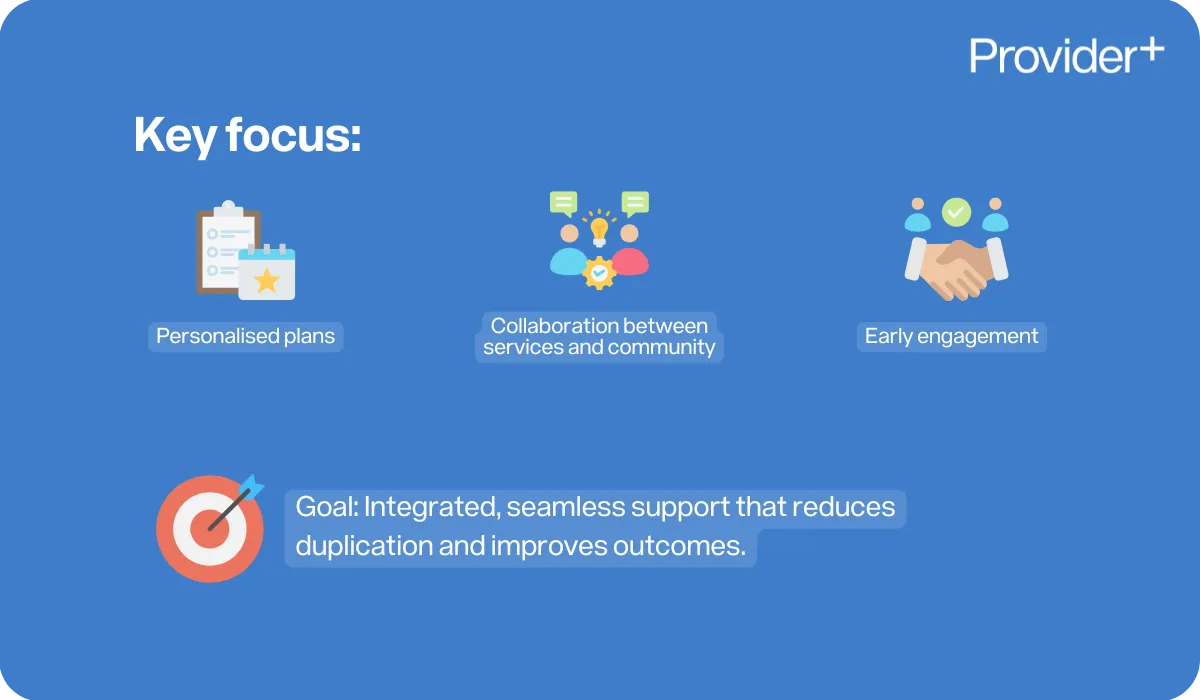
Participants with multiple support needs face overlapping physical, psychosocial, and intellectual disabilities, unstable housing, histories of trauma, or involvement with multiple service systems. These participants require specialised engagement approaches that acknowledge the intersection of multiple challenges.
The NDIA has developed a dedicated pathway featuring specialised planning teams with extensive experience, enhanced pre-access engagement, and strengthened connections to other services.
Individualised plans serve as tools for creating a shared person-focused vision that coordinates efforts across multiple providers and service systems. Openness to collaboration between community stakeholders ensures that support approaches are integrated rather than fragmented.
Formal consultation mechanisms improve communication channels between different providers, reducing the burden on participants to repeatedly explain their needs and preferences. Recognition of community organisations as co-producers of care acknowledges that effective support often involves multiple relationships and community connections rather than relying solely on formal services.
Measuring Success Beyond Compliance
Traditional approaches to measuring engagement success often focus on compliance metrics that tell providers little about participant experience or outcomes. The National Disability Services has developed a Social Impact Measurement Toolkit that offers a more sophisticated approach to tracking both satisfaction and meaningful change.
The framework includes three domains (Being, Becoming, and Belonging) with seven subdomains and 21 outcome statements that capture the full range of participant aspirations. The Client Outcomes Tracker uses six-point Likert scales to measure both focus and indirect outcomes aligned with participant goals, while narrative fields capture qualitative insights that numbers alone cannot convey.
What Comes Next
The evolution of NDIS participant engagement reflects broader shifts toward recognising the expertise that people with disability bring to their own support planning.
The National Disability Insurance Scheme Amendment Act 2024, provide clearer definitions of NDIS supports and strengthen plan management rules. This creates opportunities for more sophisticated engagement approaches that align service delivery with participant goals and preferences.
As the NDIS continues maturing, providers who invest in genuine person-centred engagement will increasingly distinguish themselves through participant satisfaction, better outcomes, and stronger community relationships. When participants experience true choice and control through skilled, culturally responsive, trauma-informed engagement, everyone benefits.
The transformation from traditional service delivery to authentic participant engagement requires commitment, skill development, and ongoing reflection. But for providers willing to embrace this challenge, the rewards (measured in participant satisfaction, meaningful outcomes, and professional fulfilment) make the journey worthwhile.
This approach to NDIS participant engagement represents current best practice based on the latest research, policy developments, and recognition of participant satisfaction. Implementation requires ongoing commitment to learning, adaptation, and genuine partnership with the disability community.
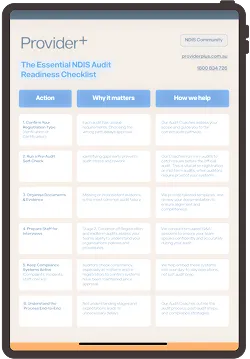
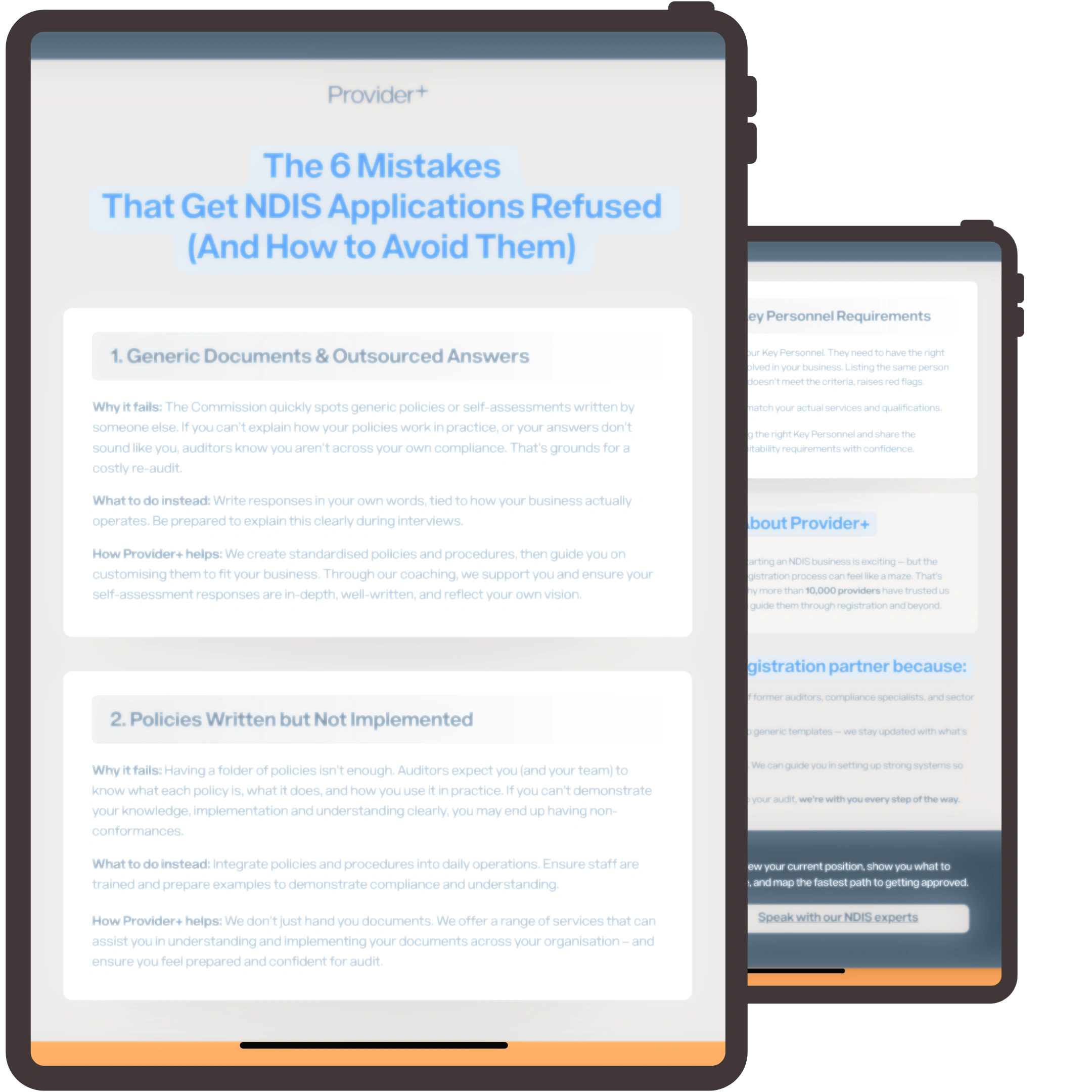
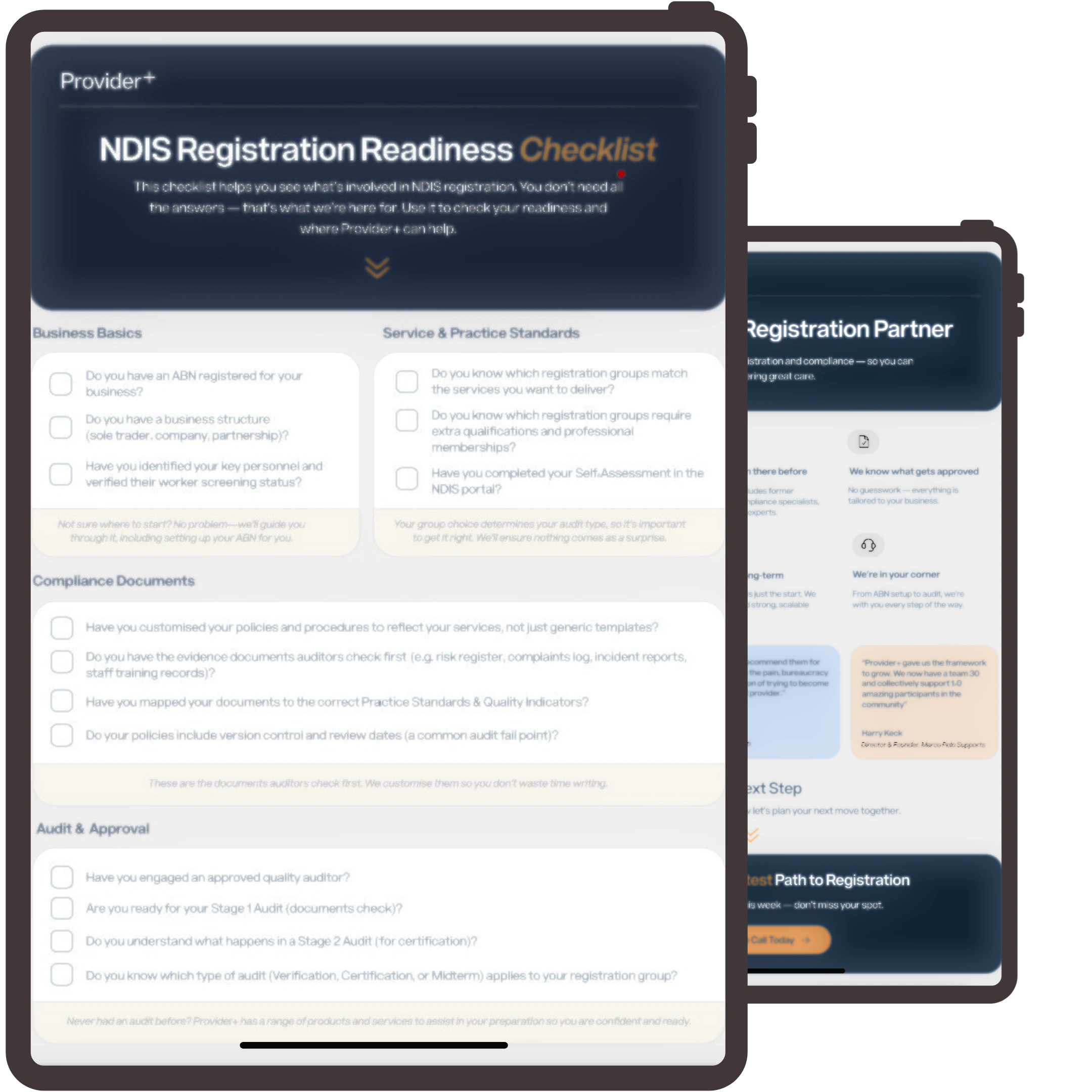

































FAQs
Here is our frequently asked questions.


